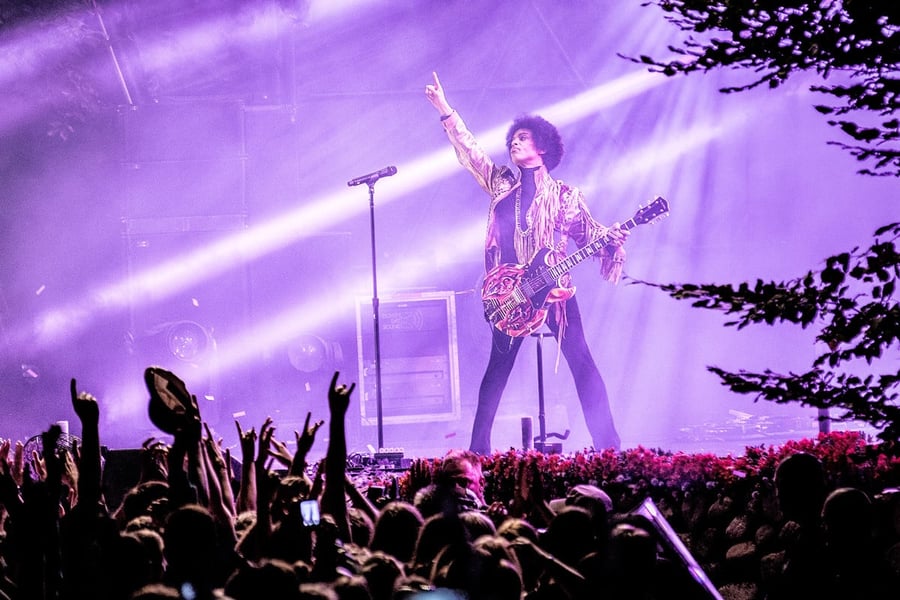25 Essential Prince Songs
The best of the Purple One’s world-changing, genre-defying hits

Prince's music catalog has no shortage of iconic hits.
Gonzales Photo/Christian Hjorth/Corbis
“What’s missing from pop music is danger,” Prince was quoted as saying in a 2006 Guardian interview. “There’s no excitement and mystery.” Danger, excitement and mystery were Prince Rogers Nelson’s calling cards from day one. At the precocious age of 19, he released his debut album, 1978’s For You. From there, he used his platform as an outrageously attired, unapologetically sexy performer (who just so happened to be a virtuoso musician and an innovative studio genius) to craft some of the most taboo-cracking, musically forward-thinking hits to every break the mainstream.
From his critical and commercial apex of 1984’s Purple Rain through his recent Piano and a Microphone tour, Prince never sat still. His prickliness was legendary, but his body of work speaks profoundly to the depth, sincerity and sensitivity of one of pop’s most enigmatic masters. Sure, he had no trouble stirring up headlines every few months or so with some cryptic or outrageous maneuver, which only added another layer to his volatile mystique. But what truly touched the world was his music — songs that moved us emotionally, sensually, intellectually or just plain locomotive-ally. Here, just a sampling of some of his best.
This list was originally published April 2016.



























































